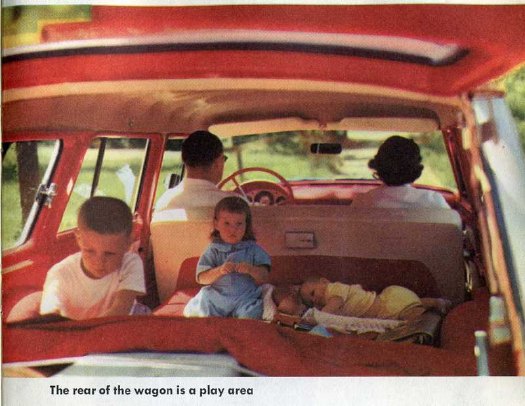Reposted from Dr. Brita Kiffney, DVM, DABVP
Thanksgiving stress and how to avoid having to go to the veterinarian the day after!
We all know spending time with family during the holidays can be stressful. Arguments break out over the smallest things. Fights erupt over deep-seated issues. It's hard to remember the topics not to discuss; there are the obvious ones like religion and politics, but don't forget your aunt just divorced, (maybe best not to speak of men?) or your step sister hates her new haircut...
Just remembers that some treats can lead to injury or illness for our pets. The following are some tips for a happy holiday with you pet.
1. Fatty Foods: Foods high in fat can give your pet pancreatitis or gastroentertitis. Avoid feeding your dog or cat turkey drippings, turkey skin, bacon, or other high fat foods
2. Alcohol: Cats and dogs are very susceptible to alcohol toxicity- they don't just get drunk , they can die from alcohol ingestion. All poisoning problems boil down to the amount (dosage) of alcohol ingested compared to weight. Most of our pets are much smaller than a typical adult human. Within 30 minutes of a pet drinking alcohol, symptoms can appear: staggering , depression, and stumbling. Keep alcoholic beverages and medications out of your pets reach during the holidays.
3. Bones: Bones can lacerate or obstruct your pets' insides. Save the bones for soup - not your dog.
4. Onions: Onions and onion powder can cause destroy your dog or cat's red blood cells, which can lead to anemia.
5. Grapes and Raisins: Grapes and raisins can cause kidney damage to both dogs and cats.
6. Chocolate: Death by chocolate- it can actually happen to your dog or cat; so keep the sweets out of reach.
7. Fresh Water: When there are a large number of people in the house, there's a good chance to bump into the water bowl leaving your pet dry.
8. Quiet Time: Cats and dogs need to have a place to escape from all the holiday festivities. Make sure there is a quiet room, crate or other location they can escape the curious grandchildren, or drunken adults!
9. Garbage: The garbage is sure tempting to your pet during thanksgiving. Its full of food wrappers (that can cause a gastrointestinal blockage if eaten) , high fat foods like grease, corn on the cob (can cause obstructions) and spoiled items. All of which could lead to vomiting, diarrhea and a trip to your veterinarians office.
10. Bread dough: Some dogs will ingest raw bread dough. The yeast added to bread dough converts the carbohydrates to alcohol and in the process, carbon dioxide is released which makes the dough rise. This same reaction occurs in the stomach once the bread dough is swallowed. Not only can this result in alcohol overload (see above) but the stomach distension can cause serious breathing and heart problems



